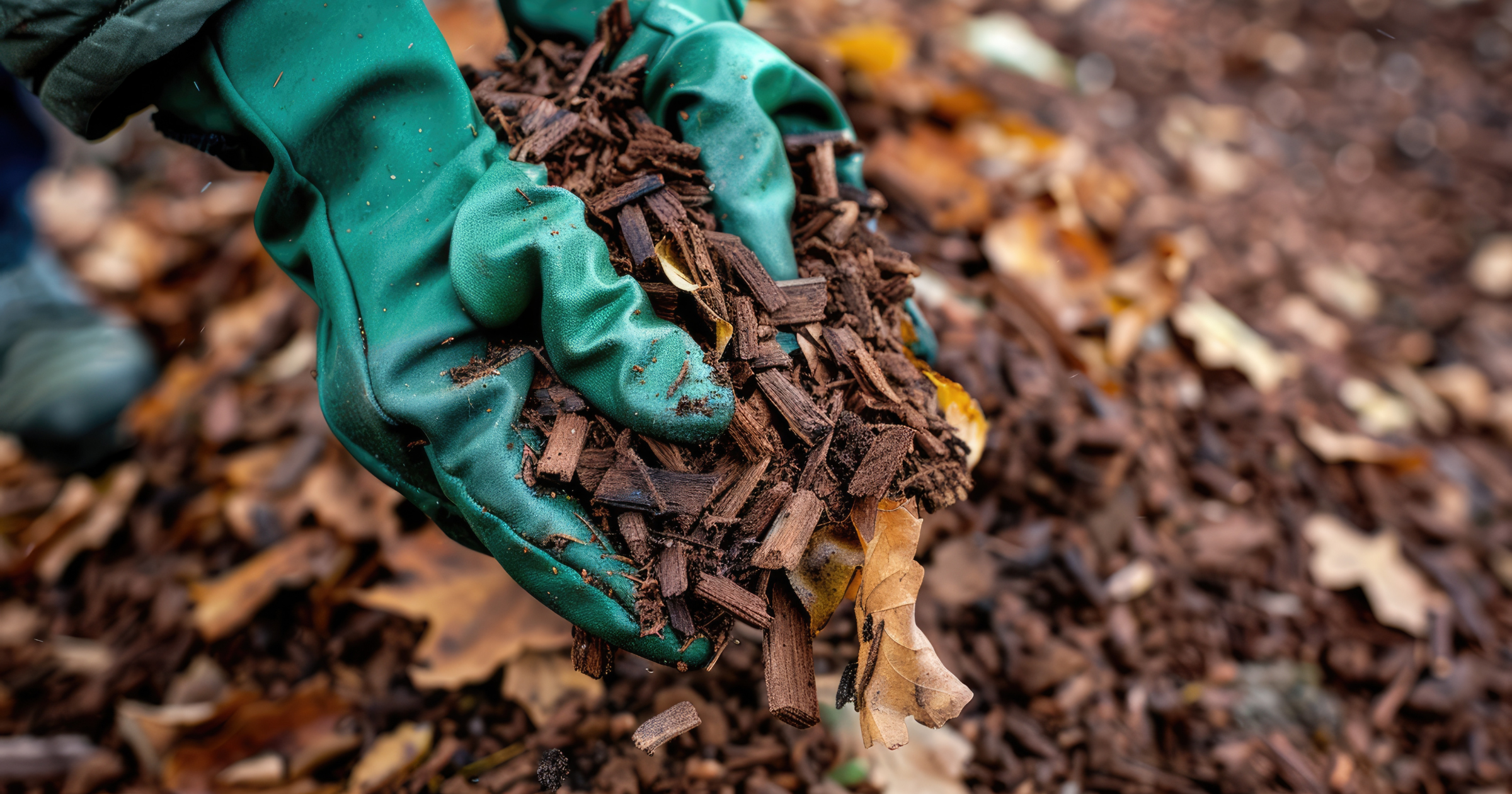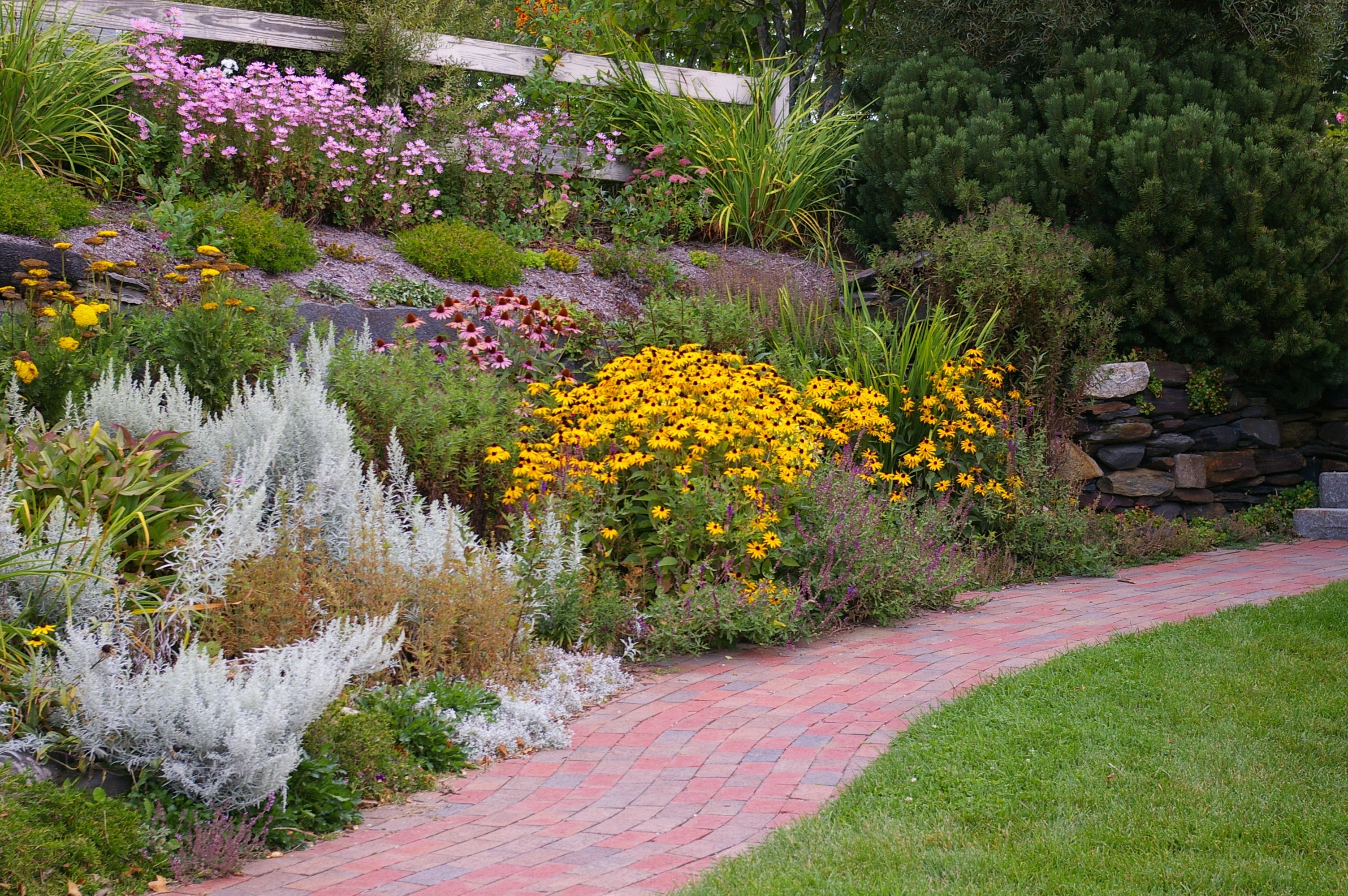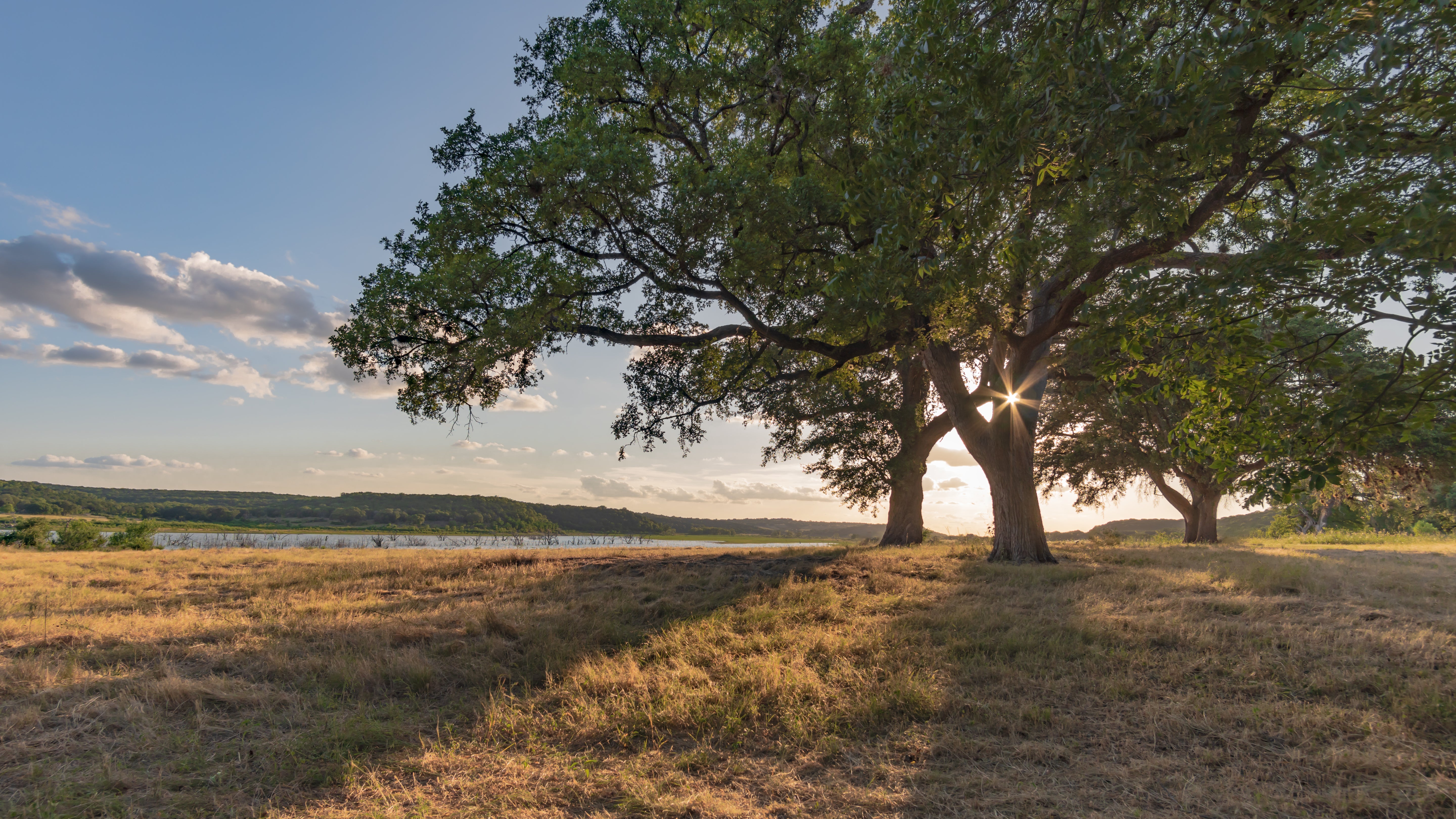Fall Garden Prep: How to Prepare Your Garden for the Cooler Months

Fall garden prep is essential for regenerating your soil and preparing your garden for the cooler months ahead. While people often refresh their beds in spring when they prepare to plant, your plants will do best if the beds are prepared in fall and allowed to mature over the winter.
We will explore why you should prepare your soil in the fall and look at mulching and other steps to prepare your garden for the cooler months ahead.
Let’s dive in!
Why You Should Prepare Your Soil in the Fall
Healthy soil takes time to mature, so it’s best to prepare it in the fall. So, what is “healthy soil,” then? It can be defined as minerals + life + death.
Healthy soil is not just minerals or “dirt” but a living ecosystem filled with living and decomposing plants and organisms. This supports the diversity of organisms, called the soil biome, which includes bacteria, mycorrhizal fungi, worms, beneficial insects, and others. Promoting a healthy ecosystem, in turn, promotes plant health and productivity, as nature has always done. Those essential microbes and fungi help restore soil nutrition, cycling nutrients and releasing them in forms that plants can use while filtering out pollutants.
Soil microbes are also the glue that holds healthy soil together by forming clumps called aggregates. These aggregates help prevent runoff and erosion, improve moisture infiltration, retention, and drainage, and help plant roots grow healthy and strong.
How to Build Healthy Soil for Spring
Fortunately, it’s easy! However, how you do it depends entirely on whether you use in-ground beds or pots and raised beds.
In-Ground Beds
When we use in-ground beds, we want to build a healthy ecosystem that continues to mature over time. If you start with especially poor mineral dirt too rich in clay or sand, you must add lots of healthy soil. Work in plenty of good all-purpose living soil or landscape blends and compost to help build a better base. Then, every fall, add more and work it in until it’s teeming with life.
Whether your soil is healthy or not, add compost every fall to help feed and diversify your biome. The only difference is that you can add it to the surface when it's healthy. Poor mineral soil should have compost worked into it with a shovel or hoe.
You can also add soil microbe blends to add even more life; the more life, the better!
When you amend your beds in the fall, the biome has plenty of time to grow and adapt to local conditions and cycle those critical plant nutrients. That way, when you plant in the spring, the soil will already be full of nutrients and life, and the plants will be off to the healthiest start you can offer them.
Soil in Pots and Raised Beds
This is different because it’s in a container, and you have much less time and space to create a healthy soil ecosystem from scratch.
But the solution is simple: use living soil already inoculated with those beneficial mycorrhizal fungi and microbes. Use the correct blend for your plants for the best chance of success. For instance, you can find living soils with the perfect blends for veggies and herbs and others designed for fruits, berries, and citrus. You can also get all-purpose soil blends, which will work for perennials, fruits, or veggies. However, never use all-purpose or veggie blends for cactus and succulents, which require a special blend with more drainage and less organic matter.
How Often Do I Replace the Soil in Pots and Raised Beds?
How often you should replace it depends on the plants, how fast they grow, and the environmental conditions. Annuals grow and die fast, so their soil should be replaced yearly. Perennials grow more slowly, so theirs can be replaced every 2-3 years.
However, there are some exceptions. If you add compost mulch every spring and fall, you can wait a little longer to replace the soil. Basically, the more compost you add, the less often you need to replace it. However, it still needs replacing every 2-5 years. This is especially important for those with hard water that leaves mineral deposits. If you leave it too long, the minerals can accumulate to high enough levels that harm the plants and biome.
Don’t Throw That Used Soil Out!
But don’t just toss that used soil out! The odds are that it’s still better than what is in the ground, especially in hot or dry climates where you mostly have mineral dirt. Add it to new in-ground beds or rejuvenate current beds with too many minerals and insufficient living soil. You can also mix it with your kitchen scraps when you compost.
Should I Mulch in the Fall?
Absolutely! Mulching provides critical ecosystem services that help grow healthy plants. One of the main functions of fall mulching is to moderate the temperature around the roots. Throughout the winter, it keeps the roots warmer than they would otherwise be. Leaving it on and topping it up in mid or late spring helps keep the roots cooler than they would otherwise be in our hot summers.
Mulch also helps maintain consistent moisture by preventing the winds and the sun from drying the soil. This is just as important in the winter as in the summer, especially for newly planted perennials that are still establishing their roots. Mulch also provides a habitat for beneficial insects and protects the soil biome. Finally, as the mulch breaks down, it contributes to the nutrient cycle.
What Kind of Mulch Should I Use?
Use about 2-3 inches of composted mulch or finished kitchen compost around your perennial plants and trees, but keep it off the trunks of trees and shrubs. Composted mulch protects the roots, feeds the biome, and contributes more quickly to the nutrient cycles. It should be added every fall and again around mid-spring after the soil has warmed up.
Residual mulch is another method to consider for your veggie and annual beds. This is where you cut down the crop residues, the parts you don’t eat, from healthy (never diseased) plants and spread them on top of your soil. This protects that bare soil over the winter, preventing erosion and protecting the biome. Organic gardeners leave them in place the following spring when they plant.
You could also plant cover crops in the fall, especially clover or vetch, to help protect the soil through the winter. Since they are legumes, they also enrich your garden with nitrogen. Just work them into the ground about 3-5 weeks before you plant.
You may wonder about bark mulch. Thick, chunky mulches can also be used around trees and perennials, but you should still put a nice layer of composted mulch underneath. Thick mulches can be helpful in dry climates to protect your compost mulch from drying out. If you have a particularly exposed and windy location, you can always add a little pea gravel on top to hold your mulch in place.
Fall Planting
Another thing best done in the fall is planting new perennials. It’s also the best time to divide existing perennials, which you can do at the same time you refresh your soil. Many flower bulbs and garlic bulbs are also best planted in the fall.
People often cut down herbaceous perennials in the fall since they will die back anyway. However, leaving them standing as long as possible provides food and habitat for beneficial insects and other wild creatures during the cooler months.
Fall Cleaning
Finally, this is also the best time to clean and disinfect those garden tools and empty pots before putting them away for the winter. Remove dirt and debris and wash them in hot, soapy water. If you had diseases, disinfecting them in a 10% bleach or 3% hydrogen peroxide solution is a good idea. Soak them for 15 - 20 minutes, rinse well, and dry thoroughly to prevent rust. If tools already have rust, use a wire brush to clean them and then treat them with vegetable or linseed oil. You can also use the same oil on wooden handles to help prevent drying and cracking.
Happy Fall Prep!
Fall garden prep is essential for setting your garden up for success in the cooler months ahead. By replacing or enriching your soil, you create a healthy, thriving soil ecosystem that will mature over winter and allow plants to thrive the following spring. Don’t forget to add compost mulch around your trees and perennials, and think about protecting those veggie beds with residual mulch or cover crops to protect the biome and prevent erosion. Whether you're growing in raised beds or in-ground, these efforts will ensure a bountiful, resilient garden for years to come.
Now, get outside, enjoy those mild temperatures, and get your hands dirty!





Comments